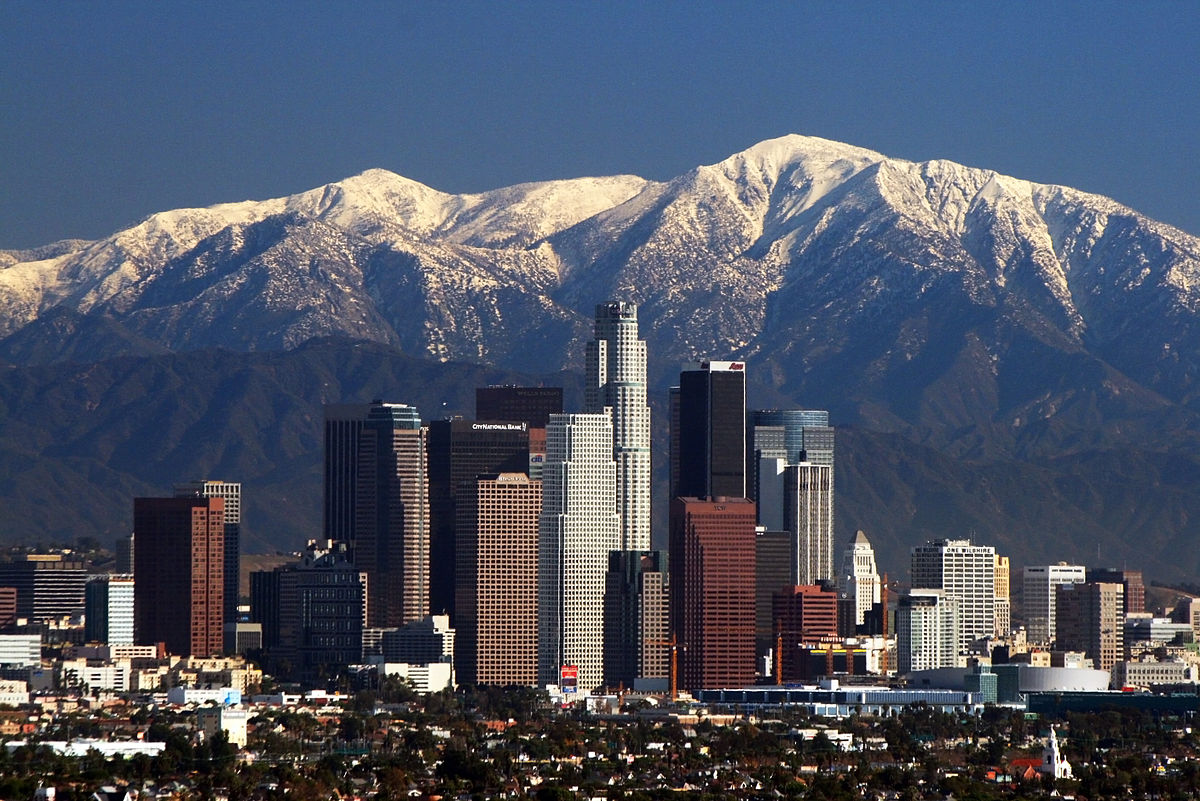
Local 1000 SEIU Sign. (Photo: Kevin Sanders for California Globe)
How California’s Unions Can Help ALL Workers
In California, public sector unions exercise nearly absolute control over state and local elected officials
By Edward Ring, February 4, 2022 2:27 am
Last month on January 5, Assemblywoman Lorena Gonzalez resigned from the legislature to join the California Labor Federation. Gonzalez is likely to succeed the current Secretary-Treasurer Art Pulaski when he retires this summer. What will this mean for the labor movement in California?
Gonzalez has earned a controversial reputation in the State Assembly, partly by virtue of the legislation she’s sponsored, and partly by her Trumpian penchant for lobbing polarizing Tweets at her political opponents. But when Gonzalez takes the helm of the most powerful labor organization in California, as is expected, will the weight of the job moderate her political priorities?
It’s common for right-of-center politicians to criticize unions, and it’s worth repeating some of these criticisms. Public sector unions have an agenda that is inherently in conflict with the public interest, since the interests of their membership – more jobs, better pay and benefits – may be served regardless of whether or not public services are operated efficiently and effectively. They divert public funds out of public employee paychecks to wage campaigns to elect the politicians with whom they supposedly then “negotiate” labor agreements. The agencies they represent don’t have to compete for customers or make a profit, they can just raise taxes. Civil service laws offer ample protection to public employees, and voluntary associations that don’t engage in collective bargaining would still provide plenty of political leverage for public employees. Public sector unions should probably be illegal.
As for private sector unions, on the other hand, these unions often represent the only recourse that workers have when employers, for whatever reason, abuse their employees. The history of the labor movement in America is an evolution, whereby over the decades the rights of workers have steadily improved. While there is disagreement as to how much, private sector unions still have a vital role to play in the American economy. And union spokespersons who are always quick to attack “greedy CEOs” should reflect on a great irony: union encroachment into the private sector, along with increasing government regulations usually advocated and sponsored by unions, enables corporate consolidation because only the most financially resilient private companies can withstand the expense of excessive regulations along with union pay scales and union work rules.
The reality, in any case, is that in California, public sector unions exercise nearly absolute control over state and local elected officials, by virtue of the nearly $1.0 billion per year they collect in membership dues. And by this time next year, one of California’s most outspoken and arguably extreme advocates for union power is probably going to be running the most powerful union organization in California. With great power comes great responsibility. So in the interests of ALL the workers in California, here are three ideas that Lorena Gonzalez and her union colleagues are invited to consider.
Try Not to Restrict the Supply of Skilled Labor
The consequences of labor in short supply is that employers are required to pay more in order to attract workers. That’s good for workers. But if the pipeline that feeds trained workers into the marketplace is too narrow, there is an economic penalty that harms everyone. The shortage of nurses is a good example. There isn’t merely a short-term crisis in staffing health care workers because of COVID. There’s a long-term crisis as well.
An analysis from 2019, published by the California Policy Center, found that nursing programs in California turned away 62 percent of qualified applicants for lack of openings. The analysis reported, using 2018 data compiled by the Kaiser Family Foundation, that by 2030, California will have to replace more than half of its nursing workforce, over 165,000 positions. Meanwhile, California is only graduating around 11,000 trained nurses per year.
There are solutions to the challenge of too few trained nurses. Some positions filled by nurses can be just as effectively filled by nursing assistants with vocational degrees. And the guidelines designed to limit the annual enrollment in approved schools of nursing, set by the California Board of Registered Nursing, can be revised to allow for more accredited private programs to be accepted.
If the union representing nurses wanted to, they could support policies that would safely eliminate the shortage of nurses in California. This may only be one step towards providing better health care to all Californians, but it’s a big one.
These shortages exist across many disciplines where unions could help. The State Building and Construction Trades Council has around 450,000 members in California. Most of their members are currently employed, which is a good thing. But what if California’s state legislature were to start making massive investments in, for example, badly needed water infrastructure? Is the SBCTC ready to support programs to double the number of their trained workers? Are they increasing available vocational training for high school and community college students, along with training for inmates and others who want to reenter the workforce?
It is possible that increasing the supply of workers puts downward pressure on wages. But releasing entire sectors of California’s economy from paralysis due to labor shortages helps all working families, not just those currently enjoying union pay and benefits.
Demand Public Projects That Offer Long-Term Economic Benefit
The classic example in California of a project of dubious value is the High Speed Rail project. Absolutely everything about this project is wrong. The project will never make an operating profit, even if amortizing the stupefying capital costs are not taken into account. It relies on imported rolling stock. It carves a scar across the land that disrupts thousands of private properties and sensitive ecosystems. It is mired in litigation and may never be completed. And supposedly we’re willing to squander countless billions on High Speed Rail because it creates thousands of good paying jobs.
If there is one example of where union power could have been used – and could still be used – to accomplish something truly great for all Californians, it would be to scrap the High Speed Rail project and instead direct that workforce to build something that will benefit Californians for generations. The checklist of worthy projects is urgent and obvious: Resurface and widen the freeways to prepare for green, sustainable, autonomous, high-speed next generation vehicles. Repair the aqueducts and seismically retrofit the dams, build plants to recycle 100 percent of urban wastewater, and add a few more off-stream reservoirs to capture runoff, and bring California’s remarkable water system into the 21st century. These projects create just as many good jobs, but they also make California a better place.
Why won’t California’s unions demand these projects, instead of supporting High Speed Rail? Exploring the reasons for this exposes an ugly truth. California’s unions are unwilling to stand up to the environmentalist lobby, and the only major construction project that California’s powerful environmentalists apparently approve of is High Speed Rail. And even these environmentalists, if they’ve got any common sense at all, know that High Speed Rail isn’t going to do anything to help the environment. But unions want work, and environmentalists don’t want better roads and more water, so this hideous compromise is the best they can collectively come up with. Disclaimer: This is overstating the situation. But only slightly.
It isn’t labor costs that are the reason infrastructure costs so much in California. It’s the excessive cost of permitting and out-of-control litigation. California’s construction unions, if they want to advocate policies that will help all the workers in California, need to demand more spending on water and transportation infrastructure. At the same time, they need to demand regulatory reform so money can be spent on heavy construction instead paying bureaucrats and litigators.
Recognize that Lowering the Cost-of-Living is Equal to Raising Pay
Increasing wages in an inflationary environment is like a cat chasing its tail. You go around and around but never get to a better place. Unions are hardly the only culprit when it comes to the causes of inflation. But with the political power they wield in Sacramento, every time there is a new proposed law or regulation, they might ask themselves “this might be good for our members, but how will this affect the overall cost of living?” State spending on better roads and more water infrastructure, to stick to those fundamental examples, lowers the cost of living. Better roads and more water means it is easier to build new homes. More water means less expensive water, which means row crops such as lettuce and tomatoes, along with dairy products (cows eat alfalfa), can be produced in-state at lower prices than imported products.
California’s unions could use their power to deregulate the timber industry. Loggers have been driven out of California, relocating to states like Georgia, or nations like New Zealand, where the cost of operating is far less – not because labor is cheaper, but because regulations are more reasonable. Imagine if California’s timber industry were revived, producing 6.0 billion board feet a year again, like they did in the 1990s? Imagine if sawmills were back, and framing lumber could be imported from Redding instead of from British Columbia. Imagine all those union jobs for loggers and mill workers, but at the same time imagine the cost of lumber for homes costing a fraction of what it costs today in California.
There are cases, as noted, where literally hundreds of thousands of union jobs can be created at the same time as the overall cost-of-living is lowered, because the jobs that are created are producing a long-term economic return. Water and transportation infrastructure, along with a revitalized logging industry, are examples of this. The High Speed Rail project as it is currently envisioned in California, on the other hand, has the precise opposite effect. It is a long-term economic drain.
California has instead created a regulatory environment that in every way has priced people out of the ability to make a living. Home prices are out of reach, because there are not adequate enabling roads and supplies of water to facilitate home building, and because the price of lumber and other building materials is far higher than in other parts of the country. All of this can be fixed, and unions in California can take the lead in fixing it.
Lorena Gonzalez and the labor movement she is taking over must ask themselves: Do we want to continue on a path that suits our membership, but destroys opportunities for everyone else who is trying to run a small business or manage a household in California, or do we want to confront some tough questions and get out of our comfort zone?
- Ringside: Will the Delta Pumps Operate at Capacity this Winter? - December 18, 2025
- Ringside: Will Advocates for More Water Supply Projects Find Unity? - December 11, 2025
- Ringside: EVs and California’s Future Demand for Electricity - December 4, 2025





One thought on “How California’s Unions Can Help ALL Workers”